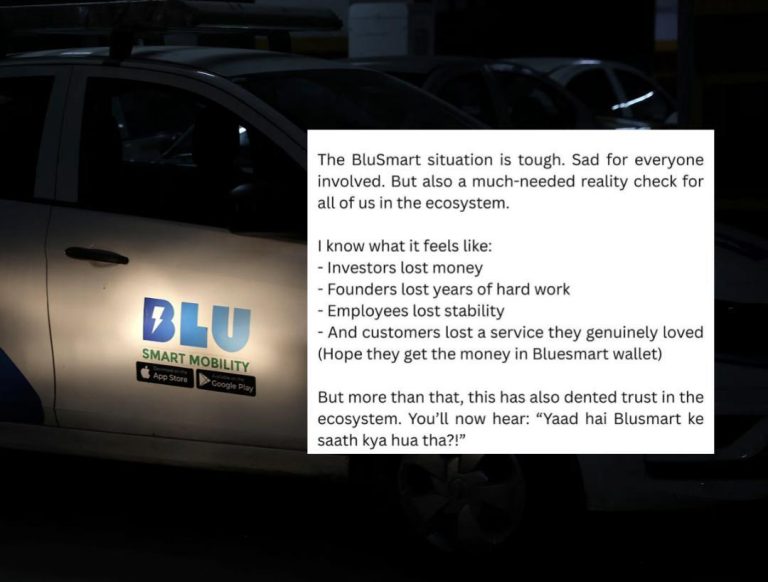
Are Your Fulfilment Delays Costing You Customers?
As a direct-to-consumer (D2C) brand, you’re not just the face of the brand, you’re the engine behind it. This means owning logistics, fulfilment, and last-mile delivery. Late shipments or inventory misses directly impact customer experience (CX) and retention. In today’s competitive market, D2C brands need to prioritize robust back-end systems, not just sleek front-ends. Delivery is no longer a backend function, it’s part of the brand promise.
In the D2C model, you’re responsible for every step of the customer journey, from purchase to delivery. This means you’re accountable for ensuring that products arrive on time, in perfect condition, and with a smile. Anything less can lead to frustrated customers, abandoned carts, and ultimately, lost business.
Fulfilment Delays: The Silent Killer of CX
Fulfilment delays are a common issue in the D2C space, and they can have devastating consequences. According to a study by Accenture, 64% of customers will abandon a purchase due to slow or delayed delivery. That’s a staggering number, especially considering that 75% of customers say they’re willing to pay more for faster delivery.
But it’s not just about the numbers. Fulfilment delays can also lead to a host of other problems, including:
- Negative reviews and ratings
- Decreased customer loyalty
- Higher return rates
- Increased customer support costs
- Long-term damage to your brand reputation
The Impact on Customer Retention
Fulfilment delays can be particularly damaging when it comes to customer retention. According to a study by Bain & Company, increasing customer retention rates by just 5% can lead to a 25% to 95% increase in profits. On the other hand, losing a customer can cost five to 25 times more than retaining one.
In the D2C space, customer retention is crucial. Since you’re responsible for every step of the customer journey, you need to ensure that each interaction is seamless and positive. Fulfilment delays can disrupt this process, leading to frustrated customers and a higher likelihood of churn.
How to Transform Your Fulfilment Strategy
So, what can you do to transform your fulfilment strategy and ensure that your customers receive their products on time and in perfect condition? Here are a few strategies to consider:
-
Invest in logistics technology: Implementing logistics technology, such as route optimization and real-time tracking, can help you streamline your delivery process and reduce the risk of delays.
-
Partner with a 3PL provider: Partnering with a third-party logistics (3PL) provider can give you access to a network of warehouses, transportation, and delivery services. This can help you scale your business and improve your fulfilment capabilities.
-
Invest in a robust inventory management system: A robust inventory management system can help you track your stock levels in real-time, reducing the risk of stockouts and overstocking.
-
Implement a flexible return policy: Implementing a flexible return policy can help you reduce the risk of returns and improve customer satisfaction.
-
Monitor and analyze your data: Monitoring and analyzing your data can help you identify areas for improvement and optimize your fulfilment strategy.
Conclusion
Fulfilment delays can be a major problem for D2C brands, leading to frustrated customers, abandoned carts, and lost business. To transform your fulfilment strategy and ensure that your customers receive their products on time and in perfect condition, you need to prioritize robust back-end systems, not just sleek front-ends. By investing in logistics technology, partnering with a 3PL provider, implementing a robust inventory management system, and monitoring and analyzing your data, you can improve your customer experience and drive long-term growth.
Source: https://www.growthjockey.com/blogs/ways-to-transform-business-model-d2c-fit






